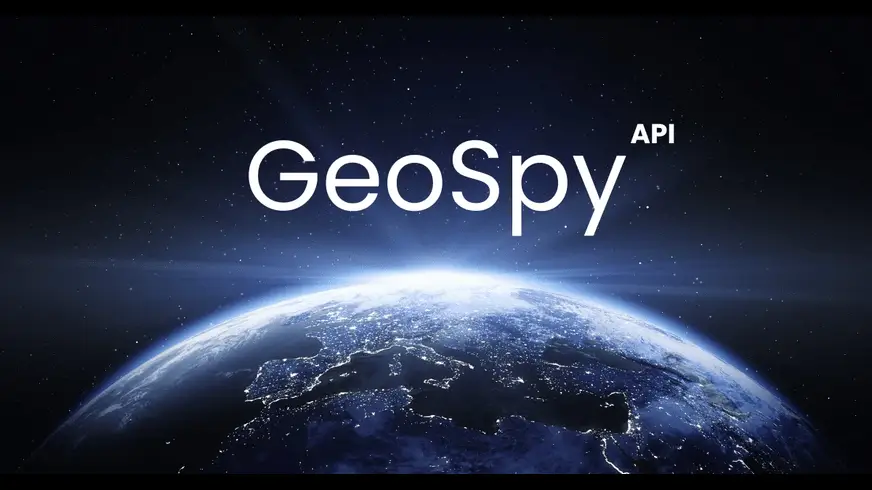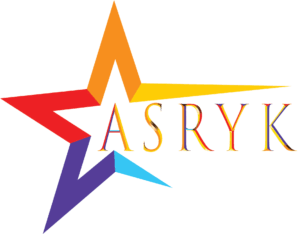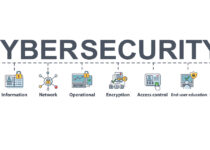GeoSpy AI: Unveiling the Secrets Hidden in Your Photos
In today’s digital age, photos are more than just cherished memories. They are data points—breadcrumbs on the path we’ve traveled. But wouldn’t it be amazing if these photos could tell their own stories, whispering the location of that breathtaking vista or the quaint street corner you stumbled upon? Enter GeoSpy AI, a revolutionary platform harnessing the power of artificial intelligence (AI) to unlock the geographical secrets hidden within your photos.
This article delves deep into the world of GeoSpy AI, exploring its inner workings, applications, and the exciting possibilities it presents. We’ll navigate through the following:
- Unveiling GeoSpy AI: Understanding its core technology
- Decoding the Process: How GeoSpy AI pinpoints locations
- A World of Applications: Utilizing GeoSpy AI for diverse purposes
- Accuracy and Limitations: Gauging GeoSpy AI’s strengths and weaknesses
- The Future Landscape: Exploring the potential advancements of GeoSpy AI

Unveiling GeoSpy AI: Understanding its core technology
GeoSpy AI stands at the intersection of computer vision and artificial intelligence. It leverages a sophisticated technology called geospatial vision to analyze and interpret the visual elements within a photo. This analysis helps GeoSpy AI make educated guesses about the location where the picture was captured.
Here’s a breakdown of the key components driving GeoSpy AI:
- Machine Learning: At the heart of GeoSpy AI lies a complex machine learning model. This model is trained on a massive dataset of geo-tagged images. Each image in the dataset is associated with its precise geographical coordinates. By ingesting this data, the model learns to identify subtle patterns and features within photos that are indicative of specific locations.
- Feature Extraction: When you upload a photo to GeoSpy AI, the platform extracts various features from the image. These features can include:
- Scene elements—buildings, landscapes, vegetation, and weather patterns—all provide clues about the environment.
- Man-made structures: Street signs, storefronts, and architectural styles offer valuable location-specific details.
- Comparison and Matching: Once the features are extracted, GeoSpy AI compares them against its vast database of geo-tagged images. The model searches for matches between the features in your photo and those in known locations.
- Location Inference: Based on the closest matches and the weight assigned to each feature, GeoSpy AI generates a prediction of where your photo might have been taken. This prediction is usually presented as a range, such as a specific city or a radius around a particular point.
Decoding the Process: How GeoSpy AI pinpoints locations
Imagine uploading a photo of a bustling Parisian street scene to GeoSpy AI. The platform would go through the following steps:
- Feature Extraction: GeoSpy AI would analyze the photo, identifying elements like Haussmannian architecture, cobblestone streets, and Parisian street signs.
- Comparison and Matching: It would then compare these features against its database. Photos tagged in Paris with similar architectural styles and street signs would receive a higher match score.
- Location Inference: Based on the combined scores of all the features, GeoSpy AI would predict the location to be somewhere in Paris, potentially narrowing it down to a specific arrondissement based on additional details.
The accuracy of GeoSpy AI’s predictions hinges on the comprehensiveness of its training data. The more diverse and geographically varied the data, the better the platform can recognize patterns and make accurate inferences.
A World of Applications: Utilizing GeoSpy AI for diverse purposes
GeoSpy AI’s ability to extract location data from photos opens doors to a multitude of applications. Here are a few prominent examples:
- Travelers and Photographers: Imagine revisiting a cherished travel memory but forgetting the exact location. GeoSpy AI can help you pinpoint that charming cafe in a foreign city or the majestic mountain range you captured on your hike.
- Real Estate: Real estate agents can leverage GeoSpy AI to showcase the surroundings of a property without needing extensive location descriptions. Uploading photos can give potential buyers a virtual glimpse of the neighborhood.

- Urban Planning and Development: Urban planners can analyze photos taken in different parts of a city to understand infrastructure, land use, and potential areas for development.
- Law Enforcement and Forensics: GeoSpy AI can be a valuable tool in investigations. By analyzing photos from crime scenes or social media, law enforcement might be able to glean location information that could aid in solving cases.
- Social Media Verification: GeoSpy AI has the potential to help verify the authenticity of photos shared on social media. By analyzing location data embedded within photos, users can assess if the claimed location aligns with the reality depicted in the image.
GeoSpy AI boasts impressive capabilities, but it’s crucial to understand its limitations to ensure realistic expectations. Here’s a balanced view of its strengths and weaknesses:
Strengths:
- Accuracy: GeoSpy AI can achieve a high degree of accuracy, particularly when dealing with distinct locations with unique visual features. For instance, identifying a photo taken at the Eiffel Tower is much easier than pinpointing a picture from a generic suburban street.
- Scalability: The platform’s ability to analyze vast amounts of data allows it to learn and improve continuously. As the training data grows, so does GeoSpy AI’s ability to recognize subtle nuances and make more precise location inferences.
- Accessibility: GeoSpy AI is often available through user-friendly web interfaces or mobile applications, making it accessible to a broad range of users with varying technical expertise.
Weaknesses:
- Data Dependence: The accuracy of GeoSpy AI hinges heavily on the quality and comprehensiveness of its training data. If a particular location is underrepresented in the data, the platform might struggle to pinpoint its origin.
- Ambiguity: Photos lacking distinct visual cues can pose a challenge for GeoSpy AI. Pictures of generic landscapes or common architectural styles might result in broader location ranges or even inaccurate predictions.
- Privacy Concerns: The ability to extract location data from photos raises privacy concerns. It’s essential for GeoSpy AI to implement robust security measures and obtain proper user consent before processing any images.
The Future Landscape: Exploring the potential advancements of GeoSpy AI
The future of GeoSpy AI is brimming with exciting possibilities. Here are some potential advancements on the horizon:
- Enhanced Accuracy: With advancements in deep learning and access to even richer datasets, GeoSpy AI could achieve near-perfect accuracy in pinpointing locations, even for challenging photos.
- Real-Time Location Services: Integration with other technologies might enable real-time location identification. Imagine capturing a photo and instantly knowing the exact coordinates.
- Multimodal Analysis: GeoSpy AI could evolve to analyze not just visual data but also audio information embedded within photos. For instance, identifying a language spoken in a background conversation might provide additional clues about the location.
- Object Recognition: Advanced object recognition capabilities could allow GeoSpy AI to not just pinpoint locations but also identify specific landmarks, businesses, or even historical sites within a photo.
However, alongside these advancements, it’s crucial to address potential ethical considerations.
- Privacy Regulations: As GeoSpy AI becomes more sophisticated, robust privacy regulations will be necessary to ensure responsible use and prevent misuse of location data extracted from photos.
- Transparency and Explainability: Understanding how GeoSpy AI arrives at its location predictions is vital. Users should have access to explanations for the platform’s reasoning, fostering trust and transparency.
Conclusion
GeoSpy AI stands as a testament to the power of AI in unlocking hidden information within seemingly ordinary photos. Its ability to pinpoint locations has the potential to revolutionize various fields and empower individuals to explore the world in new ways. As GeoSpy AI continues to evolve, navigating ethical considerations and ensuring responsible development will be crucial in shaping a future where this technology serves humanity for the greater good.



